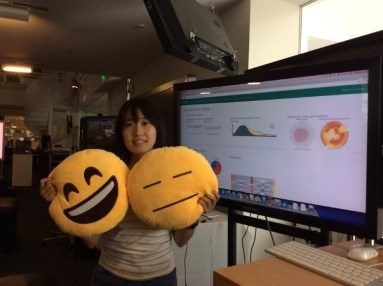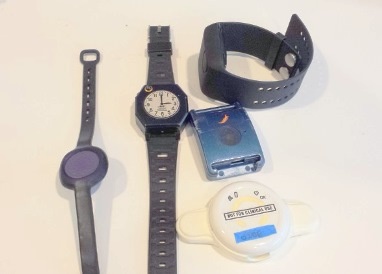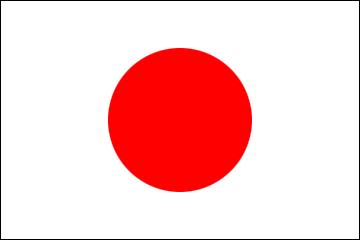Japanese Researchers in New England: Dr. Akane Sano – Research Scientist in MIT Media Lab
1. What is your research subject?
I belong to Affecting Computing group at MIT Media Lab as a research scientist, and study on mental health using the wearable devices. Wearable devices make it possible to collect stress related data in real life, which has been collected in labs before. We measure objective data of mental health such as stress, sleep and/or depression using them.
For example, in one of our project called the SNAPSHOT study, we collected data from hundreds of MIT undergrad students with wearable devices, and analyzed the relationships among their behavioral and physiological information and stress. It revealed that we can estimate or predict stress from physiological reaction such as subtle sweat from body, body temperature, usage of cell phones, or sleep patterns. The reason I chose to study mental health is that it became a huge social problem and needs to be solved, but it seems hard to understand or measure. It’s also a problem for MIT students – MIT itself has been trying to improve mental health in its students so our project also fits MITs goals.
2. What brings you to study in the US?
I used to work for Sony where I studied and developed wearable devices. I took a year off from Sony (then resigned after a year) and came to the MIT Media Lab to join the PhD program. I finished doctorate last year and keep studying at the same group. It was a big decision for me to resign from SONY, but I got to know that there are many opportunities for Ph.D holders here, so I didn’t hesitate that much. In companies, there are limitations to do research because they have to pursue profit, whereas at Media Lab I can pursue my own interest- to understand the data obtained by the wearable devises and do whatever I would like to research and I found it very attracting. SONY became one of the sponsors of the Media Lab afterwards (*Media Lab is run by sponsorship with many companies) so I still have connections with people in SONY.
3. How is the research life in Media Lab?
The Media Lab is a very unique place. Everyone has a diverse background and skills. We are allowed to do as many projects as we would like to do so most of us are working on multiple projects. There is lots of collaboration because it is so easy to interact in a space shared by many labs without cubicles. We can ask for help with people of diverse backgrounds working here. “Antidisplinary” is the symbolic idea of Media Lab, which is driven by Director, Joi Ito. My lab head Prof. Rosalind Picard is very supportive, and our projects are on lab member’s hand, which enables to expand the research area freely and do what I would like to study. Also, it is so attractive to have many options after Ph.D; start a business, continuing research or getting job at big companies such as Apple, Google, etc. We can collaborate with the sponsors to commercialize our research as they have right to access and utilize our research results. MIT, or Boston has a lot of entrepreneur competitions and great environment for self-start a business.
It took me a few years to express what I think effectively in English. I used to be a quiet person and hardly speak even in Japanese- so it was hard for me to feel comfortable presenting myself and discussing with colleagues.
4. Is there any difference of research environment in the US (Media Lab) and Japan?
Generally, there is boundary between labs and focus on one research theme in Japan, which is a big difference from Media Lab. In a company it is hard to research on our own interest. Therefore, I really like the research environment at Media Lab.
5. What is your goal or dream?
I hope my research contributes to develop a service for improving mental health, health and ability. Although, I am not that interested in commercializing it by myself but would like to build the seeds by understanding data of human, their environment and society.
6. Please give an advice to the young researchers who wish to study in the US.
I think it is too comfortable being in Japan and many people would think that it is the only world that they have. But once they leave Japan they realize the world is much bigger and there are more opportunities out there. If you were trained in Japan, it’s hard to obtain skills to express yourselves with the language barrier. Post-docs who generally stay several years get used to the environment and express themselves only when they return after having hard time. If you wish to research longer in the US, it would be better to enter PhD programs in the US, which can provide you the opportunity to learn skills such as presenting and discussing in English, obtaining research funds and living with people with diverse background and experience a lot of jobs in the summer intern programs. Also, it helps you to access OPT, which enables you to work on student visa status after you finish studying.
Career of Dr. Akane Sano


| 2003 | B.Eng., Keio University, Faculty of Science and Technology |
| 2005 | M.Eng., Keio University, Graduate School of Science and Technology |
| 2005-2011 | Sony Corporation |
| 2010- | MIT Media Lab Affective Computing group |
| Oct, 2015 | Ph.D, MIT Media Lab |
Dr. Sano at Affective Computing Group HP:http://affect.media.mit.edu/people.php?id=akanes
SNAPSHOT Study:
http://snapshot.media.mit.edu/
